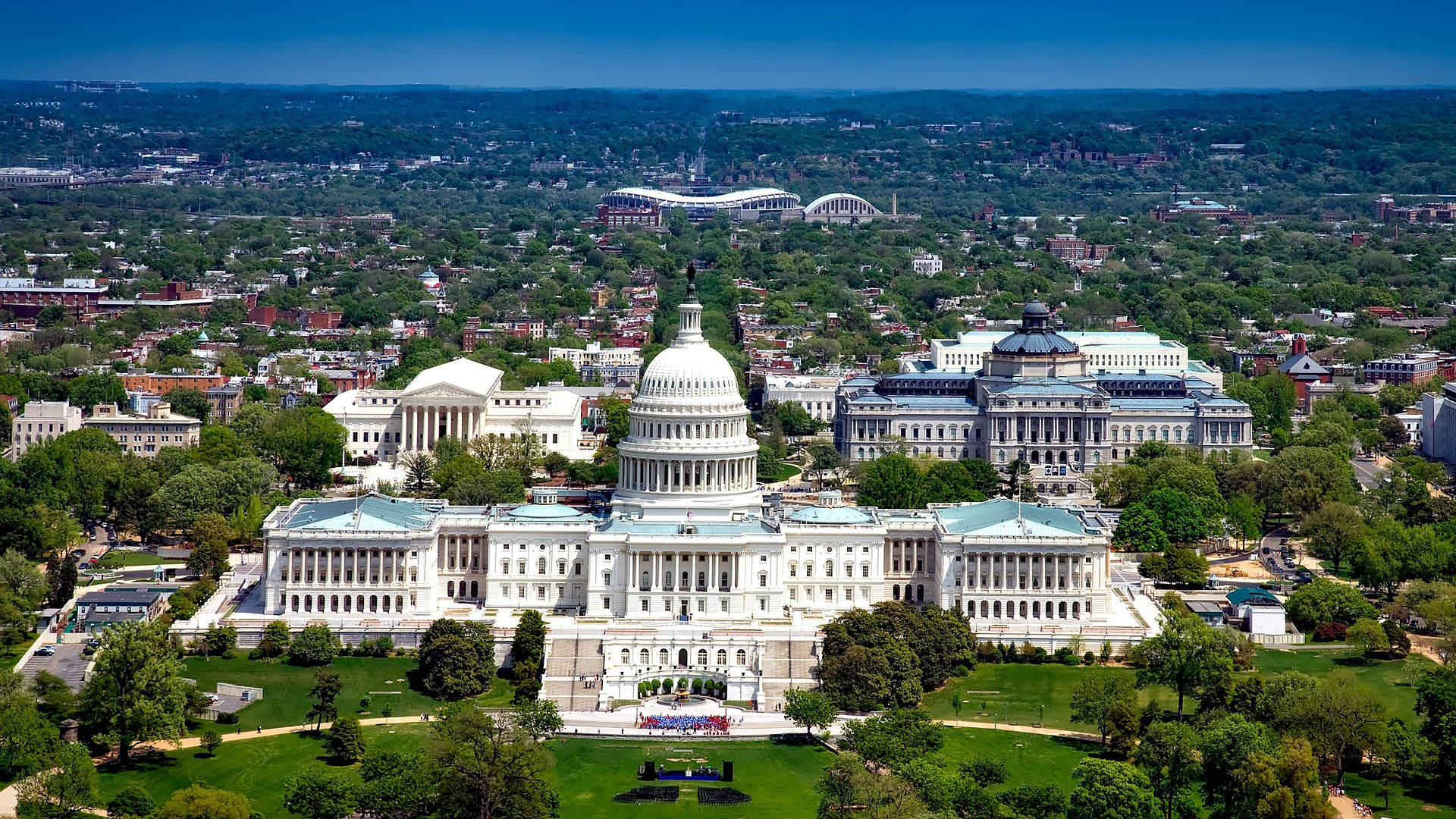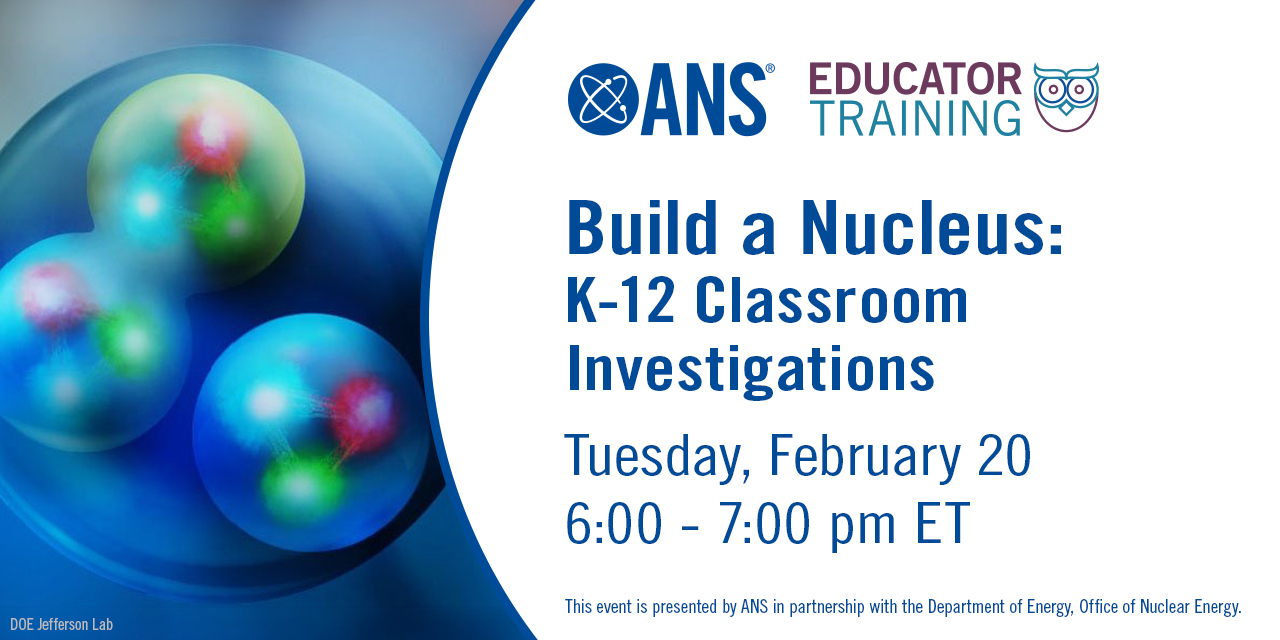One of 18 startup heaters is installed in Hanford’s second melter, which will be used to vitrify liquid waste. (Photo: DOE)
The Department of Energy’s Office of Environmental Management announced that crews at the Hanford Site’s Waste Treatment and Immobilization Plant, also known as the Vit Plant, recently installed 18 temporary startup heaters in the second of two melters in the plant’s Low-Activity Waste Facility.
Vogtle-4, pictured in August 2023. (Photo: Georgia Power)
Georgia Power’s Vogtle-4, located near Waynesboro, Ga., reached initial criticality this week, hitting a major milestone in the start-up of the reactor.
The company announced the news on February 14. Initial criticality demonstrates that operators have safely started the nuclear reactor, or, in other words, the fission reaction within the unit is now self-sustaining and the nuclear reactor is ready to produce heat.
Kyle Hill appreciates a Dresden nuclear waste cask. (Photo: Kyle Hill)
On this holiday that celebrates all things love, here’s a look at the love affair that Kyle Hill has with nuclear energy—even its waste.
Chinon nuclear power plant in France. (Photo: Wargus/Wikimapia)
A fire this past weekend at Chinon nuclear power plant in France forced two reactors to be shut down. According to initial reports, a transformer in a nonnuclear sector of Unit 3 caught fire.
The incident occurred February 10 in the early morning hours, local time, and the fire was quickly extinguished.
The U.S. Treasury Department building in Washington, D.C.
Two weeks remain for public comments on the proposed language in the new federal rules proposed for hydrogen production tax credits. A public hearing on the regulations is scheduled for March 25, 2024.
While the federal proposal is largely popular among environmentalists and some pronuclear advocates, there are concerns from others that it would cut out opportunities for existing legacy nuclear plants that are well-equipped to convert part of their operations to hydrogen production. The proposed rules require hydrogen to come from newly built resources—the largest obstacle for legacy nuclear sites but further incentive to deploy new reactors—and would permit using natural gas if employed with carbon capture and sequestration.
From left: Piercy, Hart, Iyengar, Tobey
The latest virtual event produced by the American Nuclear Society brought together experts from the forefront of the global nuclear industry to discuss strategies for ensuring a safe, secure, and healthy expansion in the face of a rapidly changing energy and geopolitical landscape.
The webinar, moderated by ANS Executive Director/CEO Craig Piercy, featured J’Tia Hart, chief science officer for the National and Homeland Security Directorate at Idaho National Laboratory; Anagha Iyengar, deputy program director for analytics and innovation at the National Nuclear Security Administration’s Office of International Nuclear Security; and William Tobey, former NNSA deputy administrator for defense nuclear nonproliferation.





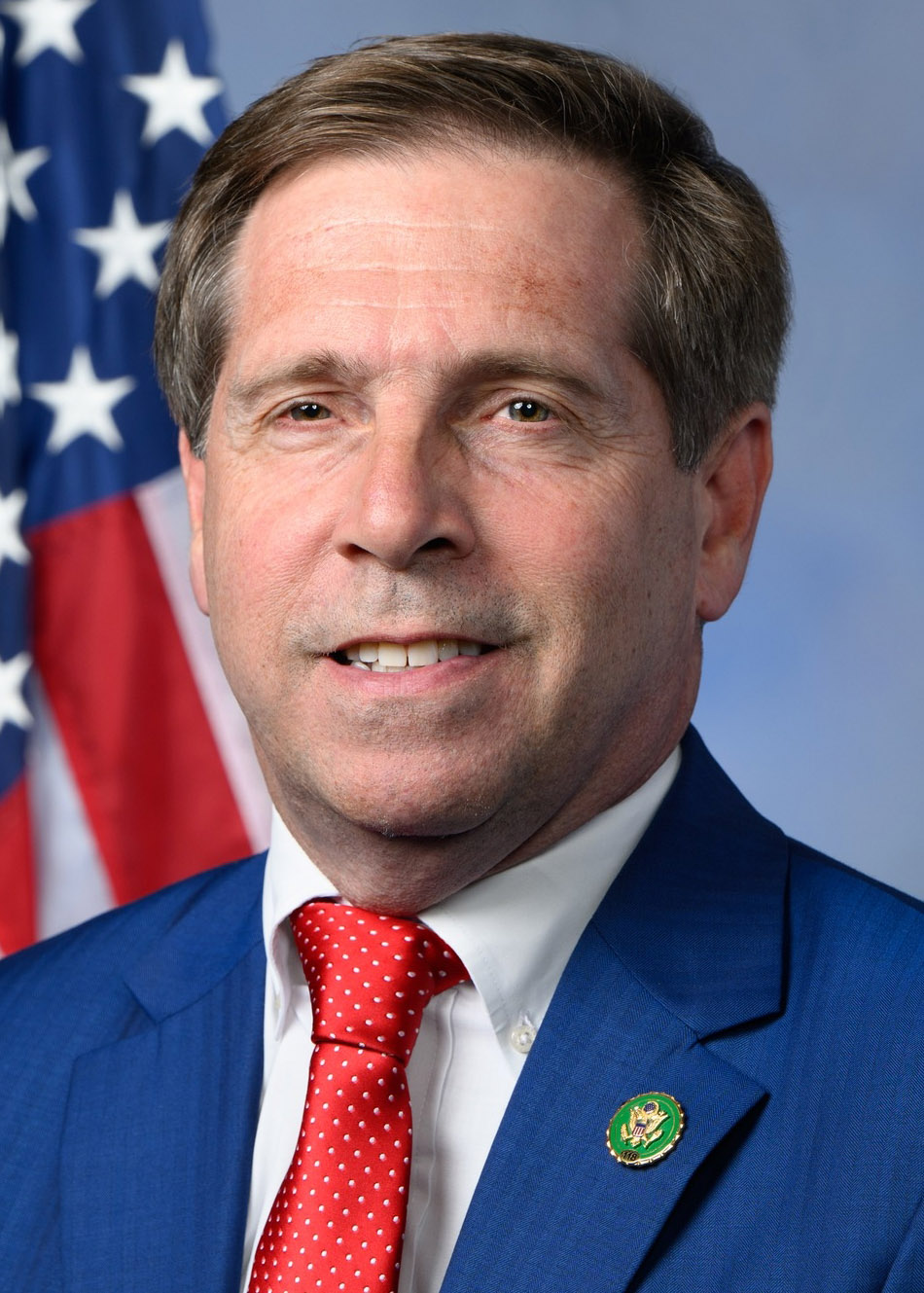
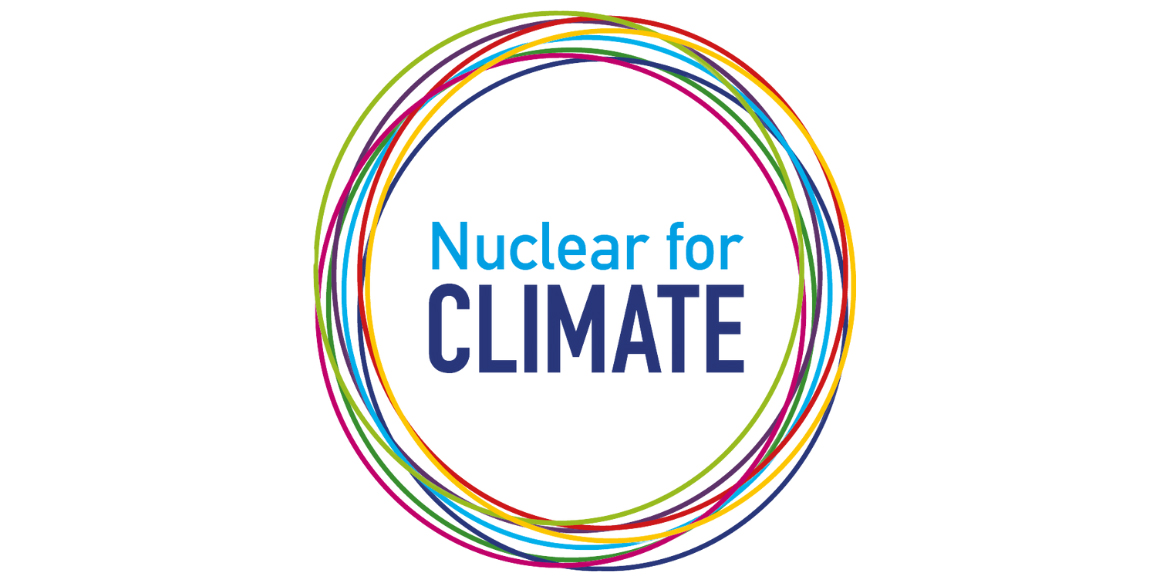

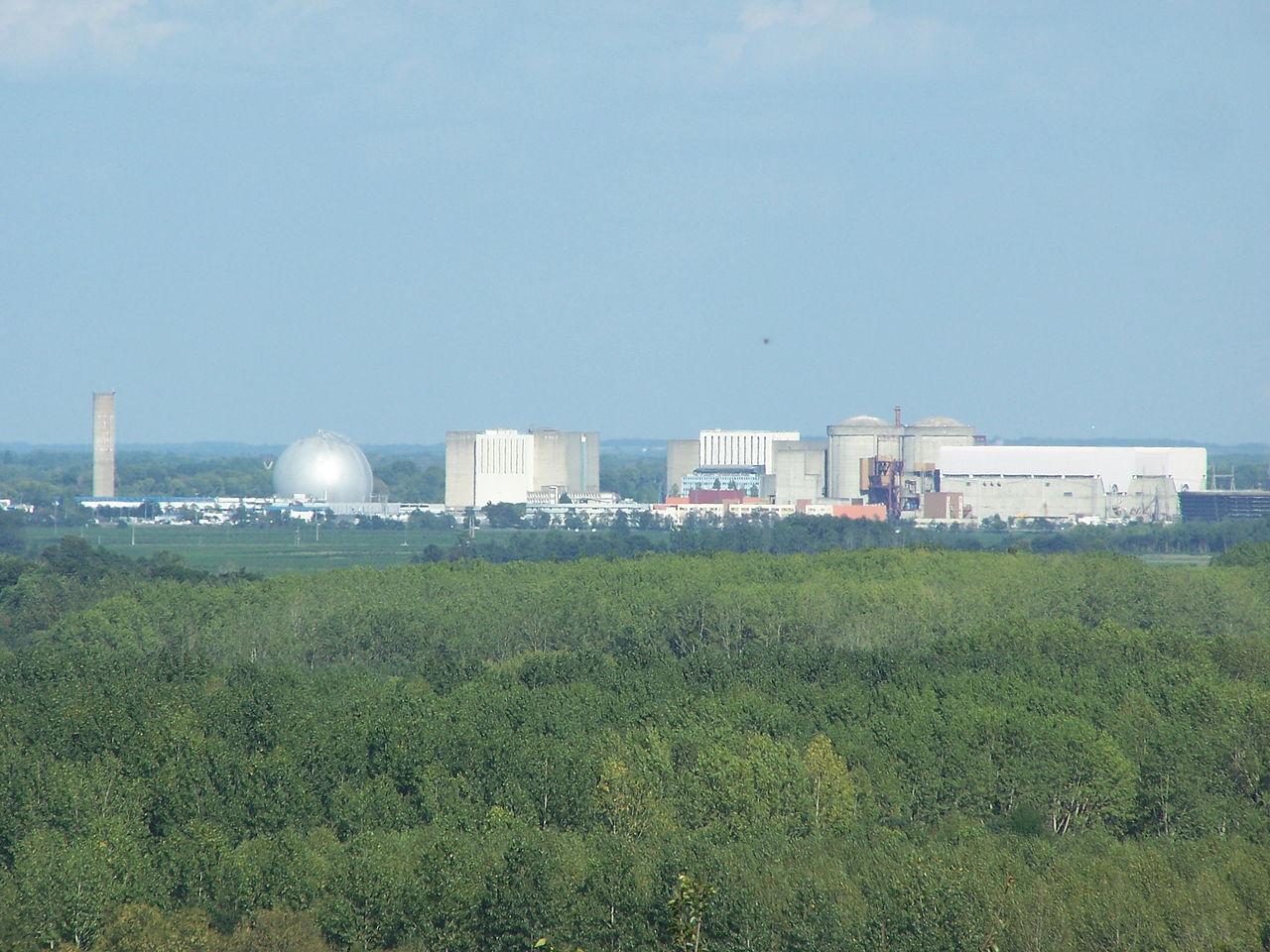

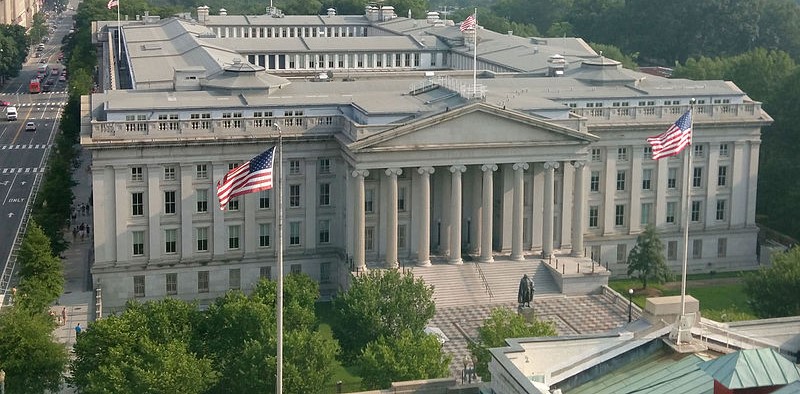.jpg)

